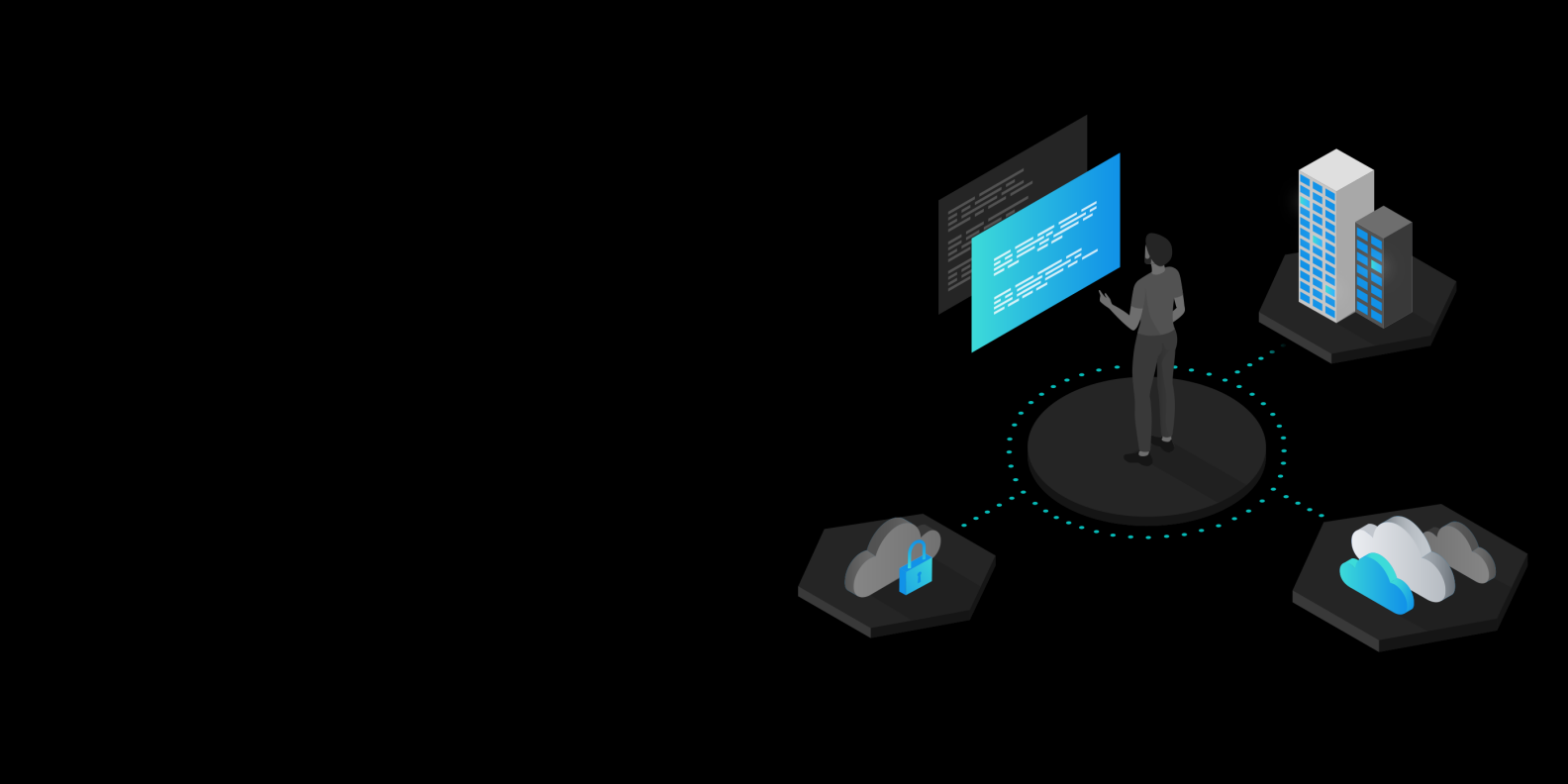




Cloud computing has revolutionized the way we store, access, and share data. Instead of relying on traditional on-premise servers, cloud computing allows users to access data from anywhere with an internet connection. This technology has become essential for many businesses and individuals who need to store large amounts of data efficiently.
The cloud has also enabled the development of many new applications and services that were not possible before. However, as with any technological breakthrough, there are risks involved.
One of the biggest concerns with cloud computing is the security of sensitive data stored in the cloud. With this type of storage, there is always a risk that hackers or other malicious actors can gain access to your data.
There are several types of threats that can compromise cloud security. These include hacking, malware attacks, and insider threats. Hacking involves exploiting vulnerabilities in cloud infrastructure or applications to gain unauthorized access to data or systems.
Malware attacks involve infecting systems with malicious software that can steal sensitive information or damage systems. Insider threats involve employees or other authorized personnel who intentionally or accidentally cause damage or leak sensitive information.

To ensure that your cloud environment is secure, it is important to follow best practices such as encryption, access controls, and monitoring. Encryption involves converting sensitive data into an unreadable format that only authorized users can decrypt.
Access controls ensure that only authorized users have access to sensitive data. Monitoring involves keeping a watchful eye on your cloud environment for any suspicious activities that could indicate a threat.
Securing your cloud environment is crucial for protecting your business from cyber-attacks and data breaches. By understanding the importance of strong security measures and implementing best practices such as encryption, access controls, monitoring, regular audits, and updates you can help keep your business safe in the ever-changing landscape of technology today
Data protection is one of the most critical aspects of cloud computing. When storing sensitive information in the cloud, there are numerous risks, including unauthorized access and data breaches.
In recent years, major companies have fallen victim to cyber-attacks and had sensitive data stolen from their cloud storage. Therefore, it is essential to ensure that adequate measures are put in place to protect sensitive data.
One of the most effective ways to protect data in the cloud is through encryption. Encryption ensures that data is encoded before it leaves your system and remains encrypted throughout its journey in the cloud.
This method reduces the risk of unauthorized access and ensures that even if a hacker gains control of your cloud account, they cannot read or use your sensitive information. Another significant risk when storing sensitive data on a public or shared cloud platform arises from other users accessing your stored files accidentally or intentionally.

Backing up your files offline or on-premises should also be considered an essential aspect of protecting your data on the cloud platform. Though these backups go against some benefits associated with using a public or shared cloud platform like high redundancy and availability features, this redundancy helps you rest easy knowing that you have an additional copy of all crucial files that can be easily restored if any security breach occurs.
Moreover, it’s also essential to ensure that all applications installed on devices accessing cloud resources are up-to-date with patches and software updates promptly applied when released by vendors. These updates contain bug fixes and new features designed explicitly for enhancing security features within application code frequently used while accessing shared resources such as databases hosted on shared servers/cloud platforms.
Overall, data protection in the cloud is crucial, and every user should take it seriously. By following best practices such as encryption, strict access controls, backups, and updates, users can mitigate the risks associated with storing sensitive data on the cloud platform.

When it comes to cloud computing, there are three main types of cloud environments: public, private, and hybrid. Each type has its own unique advantages and disadvantages that should be considered before choosing a cloud environment for your business.
The public cloud environment is the most common type of cloud environment used today. It is operated and managed by third-party providers who offer their services over the Internet. One of the biggest advantages of a public cloud is scalability.
These providers have vast resources at their disposal, so businesses can easily scale up or down as needed without having to worry about maintaining infrastructure. On the downside, public clouds are often less secure than private clouds because they are accessible via the internet.
This makes them more vulnerable to cyberattacks and other security threats. Additionally, businesses have less control over their data in a public cloud environment since it is hosted off-site by a third party.
A private cloud environment is one that is hosted on-premise or within a data center owned by the business itself. This type of environment offers more control over data and security since it is maintained internally rather than being managed by an outside provider.
However, setting up a private cloud environment can be costly as it requires significant investment in hardware and personnel to maintain it properly. Additionally, scaling up can be more challenging with private clouds due to resource limitations.
A hybrid cloud environment combines elements of both public and private clouds. It allows businesses to take advantage of the scalability offered by public clouds while also maintaining control over critical data in a private on-premise or hosted environment. Despite its advantages, managing multiple environments can add complexity to IT operations which will require additional resources such as staff with expertise in both environments. Factors to Consider When Choosing a Cloud Environment
When selecting the type of cloud environment that is right for your business, there are several factors to consider. These may include the cost of implementing and maintaining a private cloud, regulatory compliance requirements, data security needs, and the scalability required to support business growth.
Ultimately, it is up to each business owner or manager to weigh the pros and cons of each type of environment carefully before making a decision. By taking the time to do so, businesses can ensure that they choose a cloud environment that aligns with their existing initiatives while also providing room for future growth and development.
Choosing a suitable cloud environment is an important decision for businesses as it can greatly impact their operations. While public clouds are more cost-effective than private clouds, they may not provide the same level of security as private clouds. On the other hand, private clouds offer greater control but require significant investments in hardware infrastructure.
When choosing a cloud provider or type of environment, companies should consider factors such as compliance requirements, scalability needs, and budget constraints. It is also essential to research providers thoroughly before making any decisions and ensure they meet industry standards for security compliance.